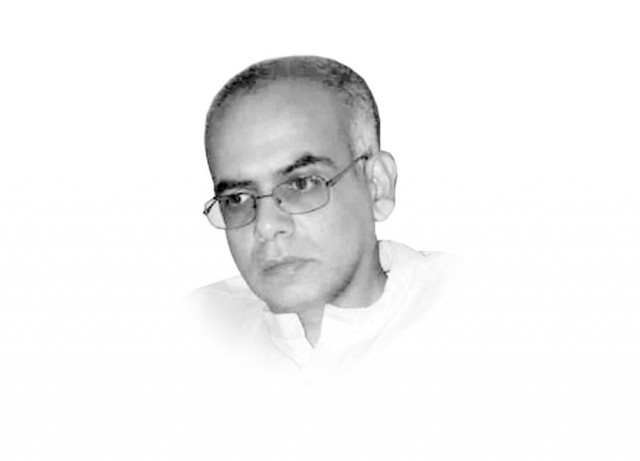The tale of two Pakistans
Measuring problems like inequality is no easy task and each approach for doing so has its strength and limitations

Deprivation and inequality are global problems, which plague rich and poor countries alike. Some rich countries, such as Norway or Sweden, do a much better job of protecting less privileged members of their society than the US, where stark levels of deprivation and obscene amounts of wealth coexist side by side. However, the extent of inequality in elite-captured poor countries like Pakistan is no less troubling.
According to the UN-endorsed National Human Development Report (NHDR) for Pakistan, the latest version of which was released last year, the disparities in income within Pakistan have become alarming. The poorest 1 per cent of the Pakistani population is estimated to possess around 0.15 per cent of the country’s national income. On the other hand, the richest 1 per cent control 9 per cent of national income. Conversely, the share of middle-income earners, who are said to be the backbone of any economy, fell from 42 per cent of the population in 2009 to 36 per cent over the course of the next decade. These calculations were made during 2018 and 2019. Given recent events, including the Covid-19 pandemic and the ongoing financial meltdown, the state of disparity and inequality in the country have probably gotten worse.
Measuring problems like inequality is no easy task and each approach for doing so has its strength and limitations. The aforementioned NHDR 2020 used multiple methods to gauge income inequality within Pakistan. These methods included the Gini coefficient, which assesses the degree of wealth inequality. To figure out the difference in wealth amongst different income group levels, NHDR researchers used a modified Palma ratio. The NHDR also relied on another inequality measure called the Pashum ratio, which goes beyond measuring inequality in terms of income groups and instead captures the extent of inequality across an entire population.
Yet, analysing the findings emerging from these three quantitative measures of inequality indicated that Pakistan has a low to moderate level of income inequality. However, this picture of inequality changed significantly when NHDR researchers adjusted their findings for the underreporting of income. There was a good reason for doing so. In 2018–2019 alone, the Household Integrated Economic Survey of Pakistan was estimated to have captured a mere 41 per cent of household income. Subsequent measures of income inequality adjusted for underreporting revealed much higher levels of income inequality in the country.
The gap between the have and have-nots has been evident in Pakistan for years. Yet, economic pundits were lauding the growth of a middle class which was deemed a sign of success of their growth strategies. But Pakistan’s economy remains dependent on foreign remittances and donor financing. Tax collection is dismal. The local elites prefer to depend on income from property rather than investing in productive activities to increase their wealth. It should thus be no surprise how growing inflation, lack of productive activity, and the resulting high unemployment amongst the educated youth have evidently begun ‘squeezing’ the middle class.
It should be a cause for alarm that the NHDR found only 1 per cent of the country’s richest population to be holding over 26 per cent of all personal bank deposits. This miniscule proportion of the population also possesses 20 per cent of all arable farmland, and almost 16 per cent of residential property assets. Pakistan thus has significantly high levels of both wealth and significant amounts of deprivation due to its prevalent levels of income inequality.
While regional countries like Bangladesh, which was once a part of Pakistan itself, have experienced drastic reduction in poverty and a significant improvement in the lives of ordinary people, inequities in Pakistan have improved little over the years. Many argue that these inequalities are in fact becoming more pronounced.
If the gap between the two Pakistans further widens, it is not only going to have devastating impacts on the human development prospects of the country, but it will add further strain to the already fraught socio-cultural fabric of the country.
Published in The Express Tribune, June 3rd, 2022.
Like Opinion & Editorial on Facebook, follow @ETOpEd on Twitter to receive all updates on all our daily pieces.















COMMENTS
Comments are moderated and generally will be posted if they are on-topic and not abusive.
For more information, please see our Comments FAQ